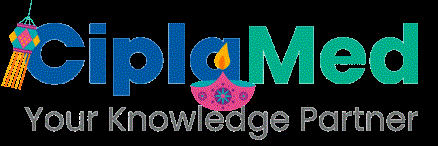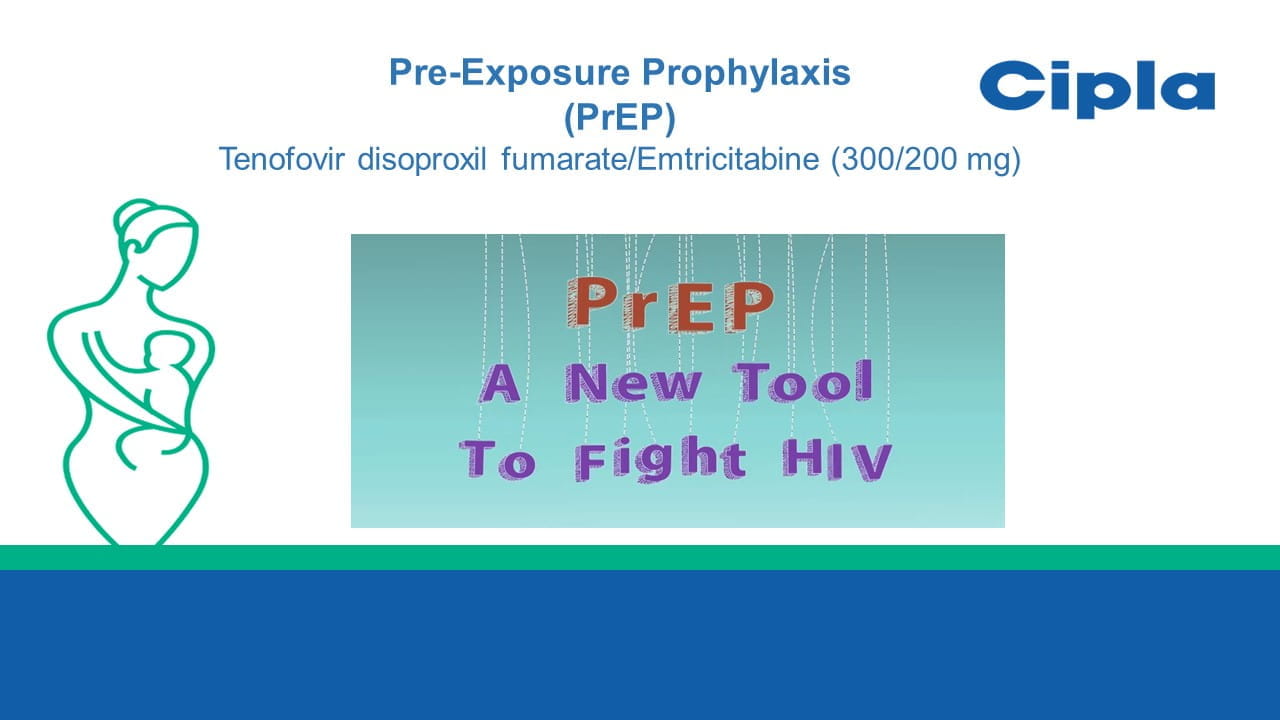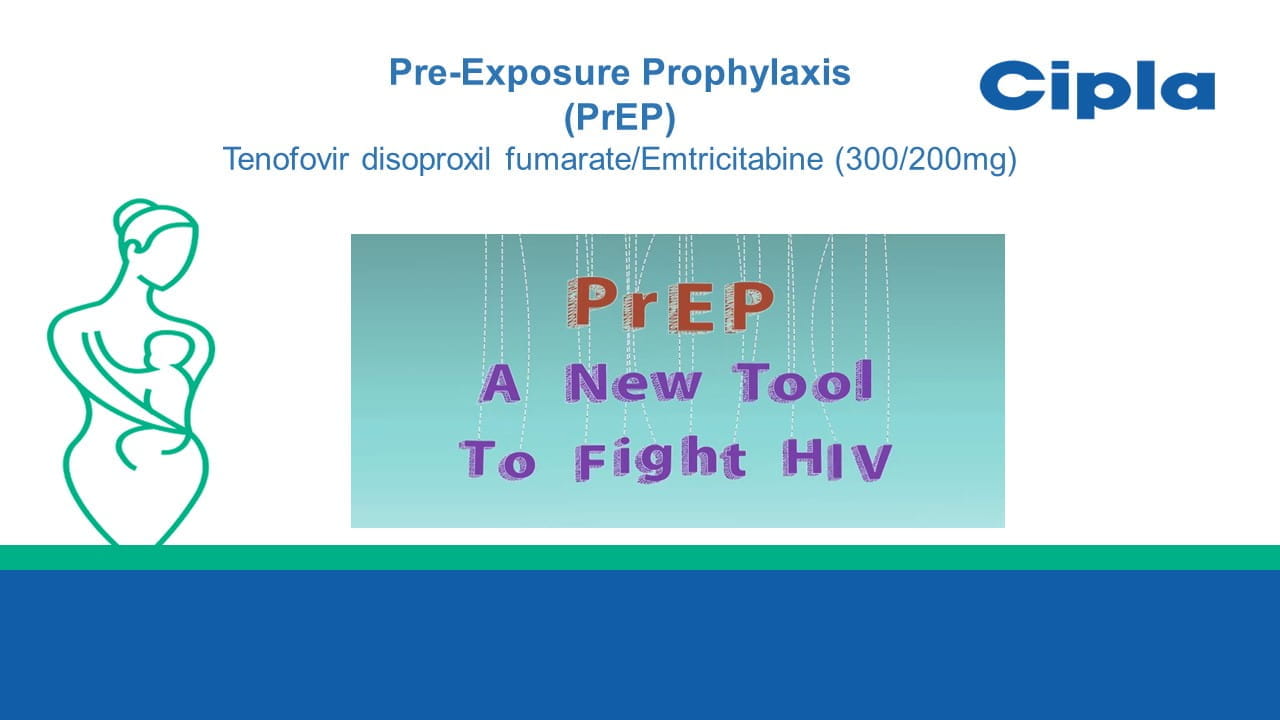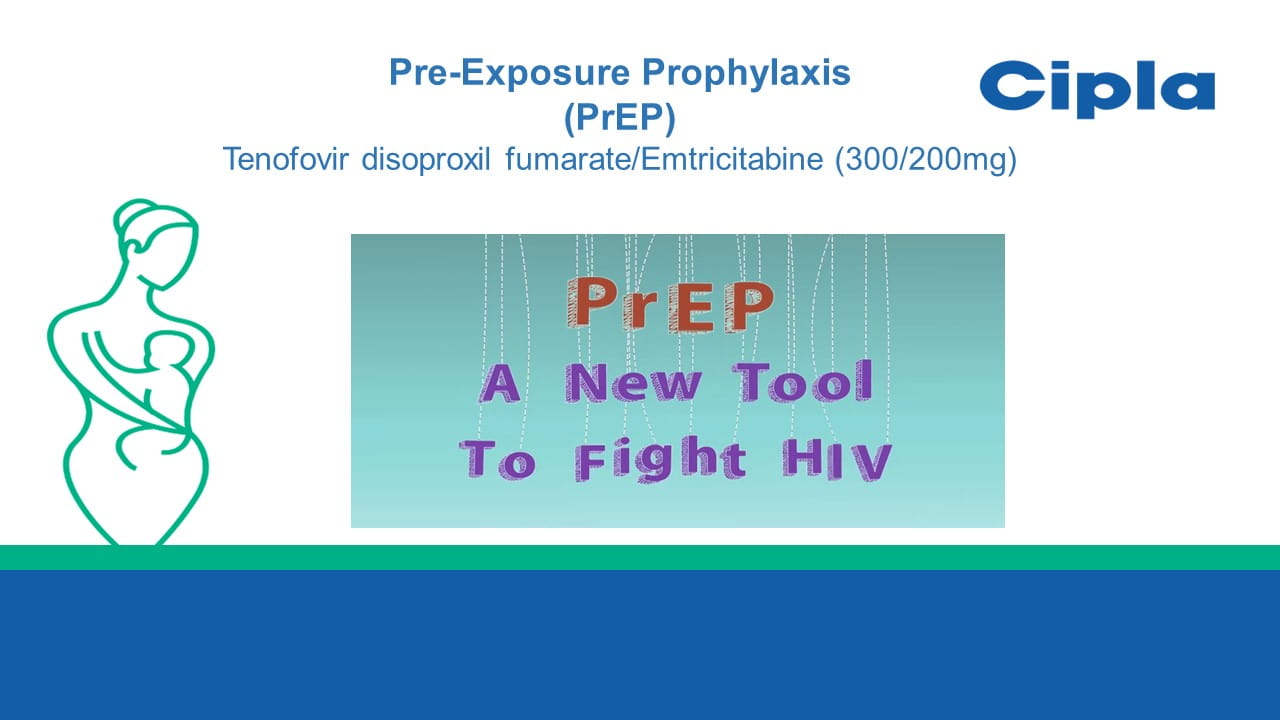Speaker: Vonthanak Saphonn
The primary research question addressed how to improve the demand for and uptake of pre-exposure prophylaxis (PrEP) among key populations in Cambodia. The study revealed two significant findings. First, there is low awareness and limited access to PrEP services and information. Barriers such as fear of stigmatization, the counseling and relational skills of PrEP providers, and restricted funding for Human Immunodeficiency Virus (HIV) prevention contribute to this issue. Second, while tailoring messages for key populations to promote PrEP might be cost-efficient, it also risks exacerbating stigma and discrimination against these groups. The topic is crucial because PrEP plays a key role in HIV prevention, and understanding the reasons behind low uptake and demand is essential for improving its effectiveness. Despite Cambodia's success in controlling the HIV/ Acquired Immunodeficiency Syndrome (AIDS) epidemic among the general population, key populations face persistent challenges. Data indicates that the HIV prevalence among men who have sex with men (MSM) increased from 2.1% in 2010 to 5% in 2023, and among transgender individuals, it rose from 4.2% to 13.5% over the same period.
The PrEP program began in Cambodia in 2021 and expanded to include facility-based and community-based organizations (CBO) for PrEP delivery. Despite the expansion, only 48% of the key population using PrEP remained actively engaged with the program.
To address the low uptake of PrEP, a study supported by the Joint United Nations Programme on HIV/AIDS. (UNAIDS) in Cambodia was conducted. The study investigated the reasons for the low PrEP uptake by conducting key informant interviews with nine policymakers and focal group discussions with 26 PrEP providers and 70 potential PrEP clients. The study included both current PrEP users and non-users in the focal group discussions. It also encompassed a mix of experienced and newer PrEP providers and policymakers.
The study identified multiple pathways influencing PrEP use among key populations in Cambodia. Seven pathways were found, from learning about PrEP to receiving a prescription, with various factors leading individuals to either accept or decline PrEP. Additionally, the team mapped six pathways to adherence and seven to discontinuation of PrEP.
Barriers identified by the client side include concerns about drug interactions with supplements or alcohol, side effects, and the distance to PrEP clinics. Trust in PrEP is also a significant issue, as illustrated by a client's uncertainty about whether PrEP is a legitimate medication or an experimental treatment in Cambodia. Stereotyping is another barrier, with some clients fearing that taking PrEP might lead others to assume they are HIV positive.
The study also highlights challenges in PrEP implementation from the perspectives of providers and policymakers. Key issues include limited dissemination of PrEP information, inadequate knowledge among providers, insufficient counseling skills, lack of integration with Sexually Transmitted Infections (STI) services, and low visibility of PrEP. To improve PrEP uptake, clients suggest implementing more user-friendly services, simplifying prescriptions, providing clearer information, and increasing access to PrEP services.
To conclude, the study identified several barriers to PrEP use in the country, including low awareness and limited access to services. Although tailored messaging for key populations may be cost-effective, it could also inadvertently increase stigma and discrimination. Prevention efforts should prioritize clear communication of HIV risk using accurate information and simple language, while avoiding an emphasis on sexual orientation and gender identity.
The 25th International AIDS conference (AIDS 2024). 22nd-26th July, Munich, Germany




